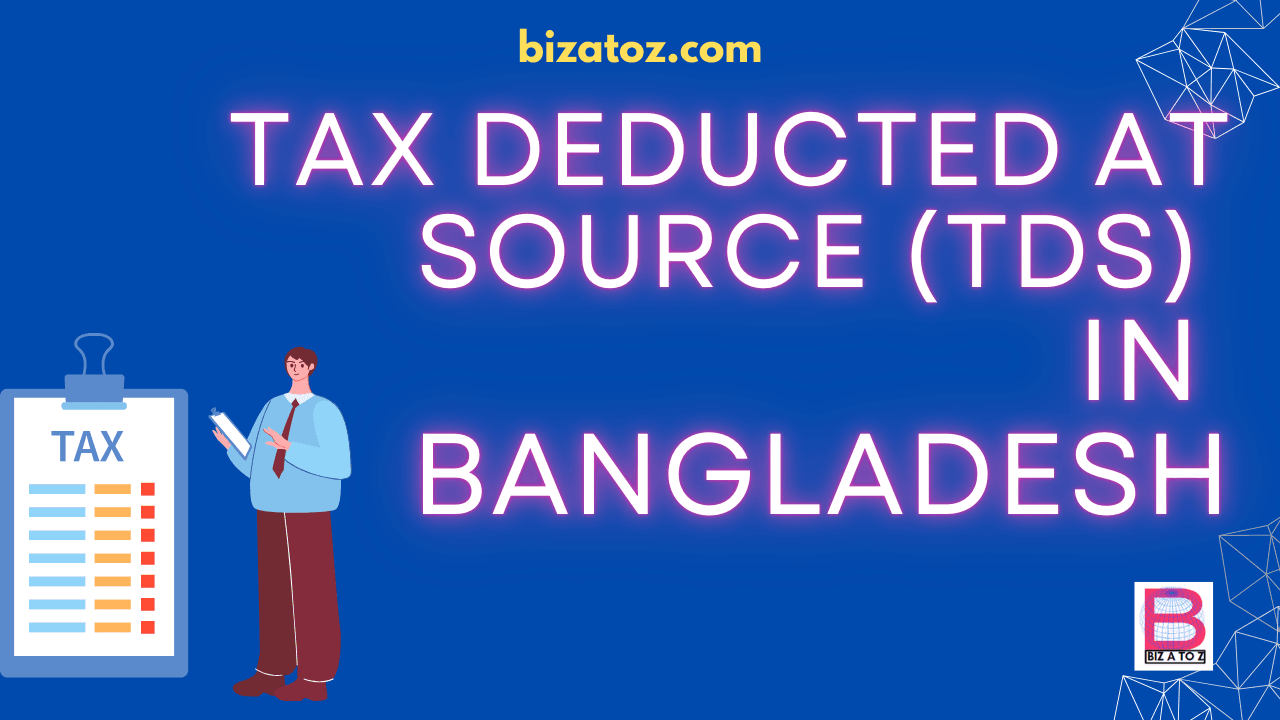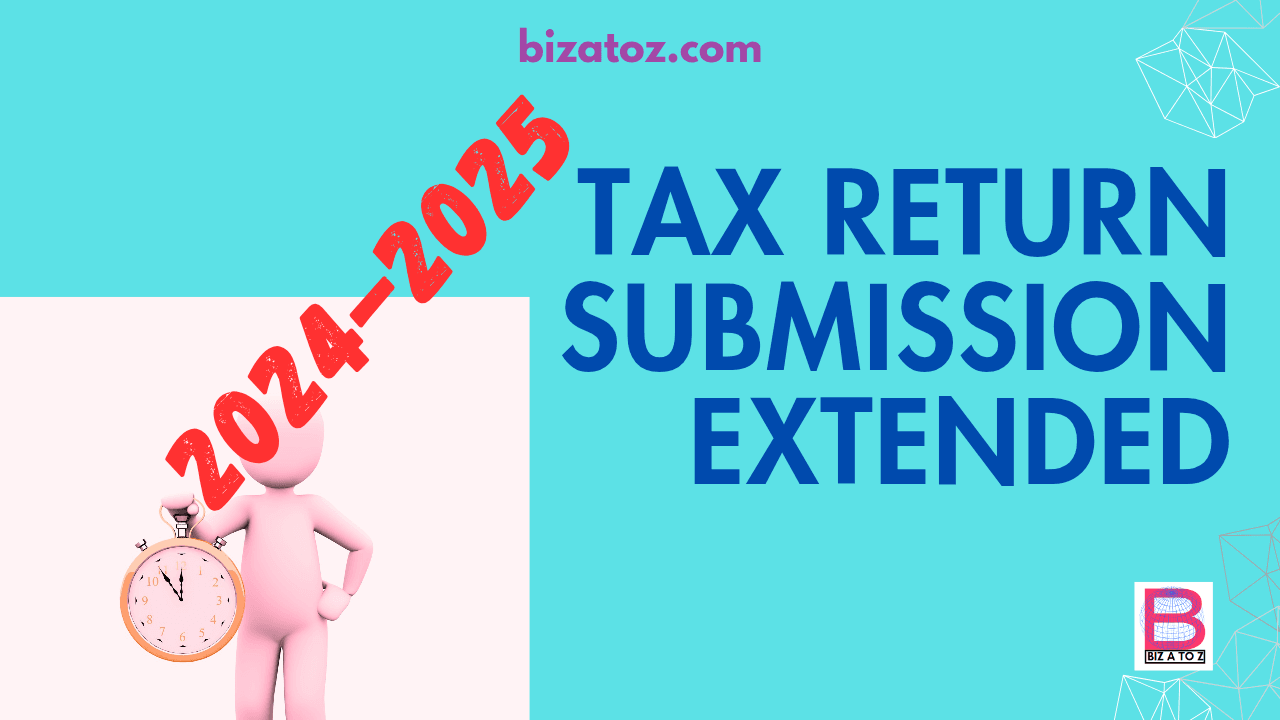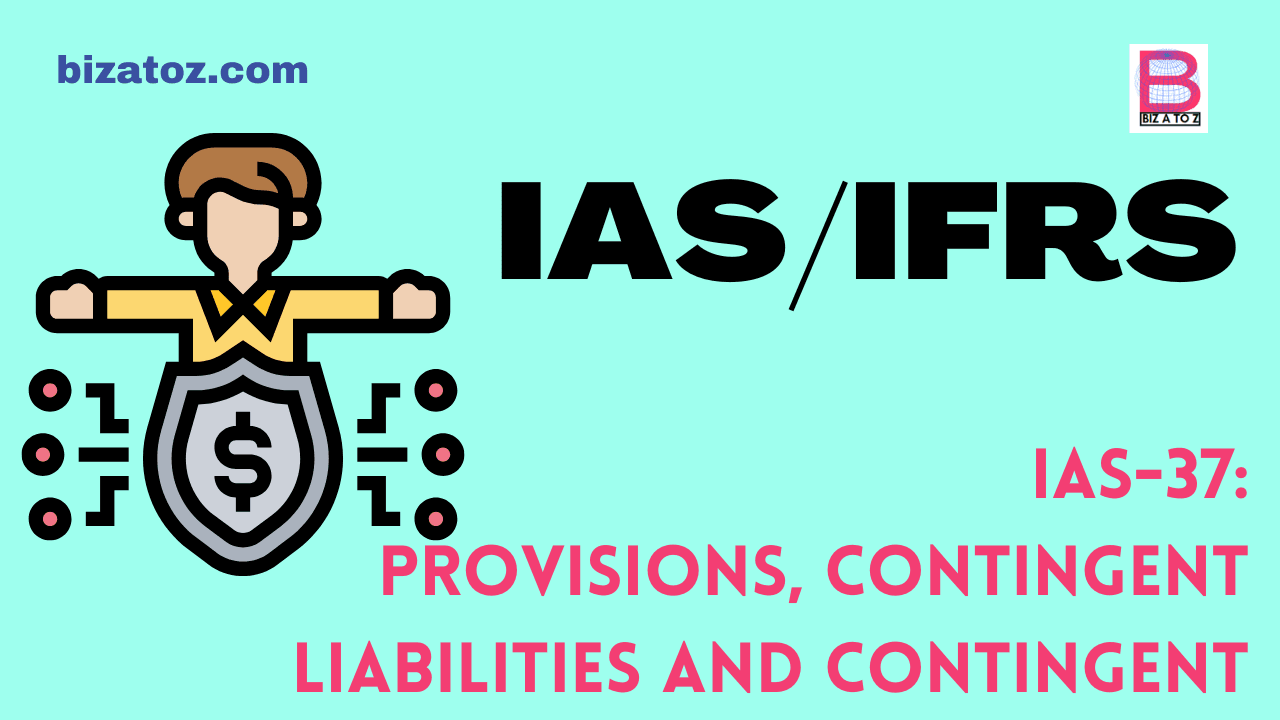
Introduction
Tax Deducted at Source (TDS) is an integral part of Bangladesh’s tax framework. This preemptive tax collection mechanism deducts income tax at the point of earning, simplifies the process for taxpayers, and secures timely revenue for the government. In this blog, we’ll explore the TDS system, its significance, application, and challenges, as well as provide practical insights into ensuring compliance.
What is Tax Deducted at Source?
TDS refers to the practice of withholding tax from a payment before transferring it to the recipient. The payer, also known as the withholding entity, is responsible for deducting the tax and depositing it to the government on behalf of the recipient. Bangladesh’s Income Tax Ordinance oversees this system, ensuring smooth operations and compliance with tax laws.
Key Benefits of TDS
Direct costs are those that can be directly traced to the production of specific goods or services. These include:
- Prevention of Tax Evasion: By deducting taxes at the source, the system effectively minimizes opportunities for tax avoidance. Consequently, this ensures greater compliance and transparency.
- Streamlined Tax Collection: TDS eliminates the need for manual tax payments, making the collection process more efficient.
- Financial Planning for the Government: With timely deposits, the government can better allocate resources for national development. Consequently, this leads to more effective economic planning and growth.
Where TDS Applies in Bangladesh
TDS is administered in Bangladesh through the Income Tax Act 2023 and TDS Rules 2024. Moreover, the TDS framework extends to various types of payments, including:
Commissions and Discounts: Tax deducted on sales incentives or broker commissions.
Salaries: Deduction based on the average tax rate.
Interest Income: Tax withheld on interest earned from securities.
Contractual Payments: Tax deducted for services rendered or goods supplied.
Rent and Lease Payments: Applicable to residential, commercial, or industrial property rentals.
Professional Fees: Withholding tax on payments to service providers like consultants and contractors.
Current TDS Rates
To give you an easy reference, here’s a table summarizing common TDS categories and applicable rates:
| TDS Type | Sub-Category/ Particulars | Section/Rules | TDS Rate | Remarks |
|---|---|---|---|---|
| Salaries | Section 86 | Average Rate | ||
| Honorarium of Members of Parliament | Section 87 | Average Rate | ||
| Participation fund, Welfare fund & Labor Welfare foundation fund | Section 87 | 10% | ||
| Payment to Contractor, Supplier etc. | Section 89, Rule 3 | 1%-5% | ||
| 1. On payments made to Petroleum Oil and Lubricants In the case of industrial enterprises engaged in the production of MS billets and in the case of MS scraps capable of being consumed locally. | 0.5% | |||
| 2. In the case of oil supply by an oil marketing company engaged in marketing petroleum oil and lubricants. | 0.5% | |||
| 3. In the case of oil supply by a dealer or agent of a petroleum oil marketing company. | 1% | |||
| 4. In the case of minerals, rice, pulses, wheat, potatoes, fish, meat, onions, garlic, peas, gram, lentils, ginger, turmeric, dried chilies, flour, maize, flour, all kinds of salt, spices, sugar, pepper, cardamom, cinnamon, cloves, dates, betel leaf, jute, cotton, yarn, and all types of fruits. | 1% | |||
| 5. In the case of industrial enterprises engaged in the production of cement, steel or iron products, and ferro-alloy products other than MS billets. | 2% | |||
| 6. Oil supplied by any company engaged in oil refinery activities. | 2% | |||
| 7. In the case of a company engaged in gas transmission. | 3% | |||
| 8. In the case of a company engaged in gas distribution. | 3% | |||
| 9. In the case of the supply of 500 kVA to 500 kVA Extra High Voltage Power Cable manufactured by a company that has a Vertical Continuous Vulcanization line at the local level. | 3% | |||
| 10. In the case of supplying books to any person other than the government, any department of the government, corporation, or any government agency and all its related and subordinate offices. | 3% | |||
| 11. In the case of supplying recycled lead. | 3% | |||
| 12. In the case of supplying raw materials used in industrial production. | 3% | |||
| a. In the case of supplying all goods not mentioned in Serial Nos. 1 to 12 of above. b. In all other cases mentioned in section 89. | 5% | |||
| Payment of Services | Section 90 | 0.65%-12% | ||
| 1. Advisor/ Consultant | 10% | |||
| 2. Professional service, Technical services fee, and Technical know-how or technical assistance fee | 10% | |||
| 3a. Catering, Cleaning, Collection and Renewal Agency | 10% | On Commission/ Fees | ||
| 3b. Personal Security, Manpower Supply, Creative Media, Public Relations, Event Management, Training, Workshop etc. Management, Courier Service, Packing and Shifting, Other Services of the same nature | 2% | On Total Bill | ||
| 4. Media buying agency services | a. 10% b. 0.5% | a. On Commission or fee b. on Total Bill | ||
| 5. Indenting commission | 8% | |||
| 6. Meeting fee, training fee, honorarium | 10% | |||
| 7. Mobile network operators and technical services | 12% | |||
| 8. Credit rating agency | 10% | |||
| Commission and Discounts | Section 94 | 5%-10% |
Note: TDS rates may vary based on specific conditions or updates to the tax regulations.
How the TDS Process Works:
- Deduction by the Payer: Tax is deducted based on the prescribed rate before the payment is made.
- Deposit to Government: The deducted amount is deposited to the government account using authorized methods.
- Filing and Reporting: The payer submits records of deductions to the tax authority as part of compliance.
Best Practices for TDS Compliance
To avoid complications, taxpayers should:
- Stay updated on tax laws and regulations.
- Maintain detailed records of payments and deductions.
- Seek professional advice or training to ensure compliance with TDS rules.
Conclusion:
Tax Deducted at Source (TDS) is a crucial component of Bangladesh’s tax system. Consequently, it ensures that taxes are collected efficiently and transparently. By fully grasping how TDS works and diligently adhering to the laws, individuals and businesses not only contribute to national development but also actively reduce compliance risks. Furthermore, whether you’re entirely new to TDS or eager to broaden your understanding, this knowledge will undoubtedly empower you to navigate the system more effectively and with greater confidence.
Whether you’re a management accounting student or a seasoned professional, understanding cost classification is a fundamental skill that supports strategic planning and financial success. By applying these concepts effectively, organizations can achieve greater operational efficiency and profitability.
Read more: Financial Ratios: A Guide to Interpreting Company Health
This article is written by Monir Bhuiyan, a member of ACCA (Association of Chartered Certified Accountants) and ICAB (Institute of Chartered Accountants of Bangladesh).






